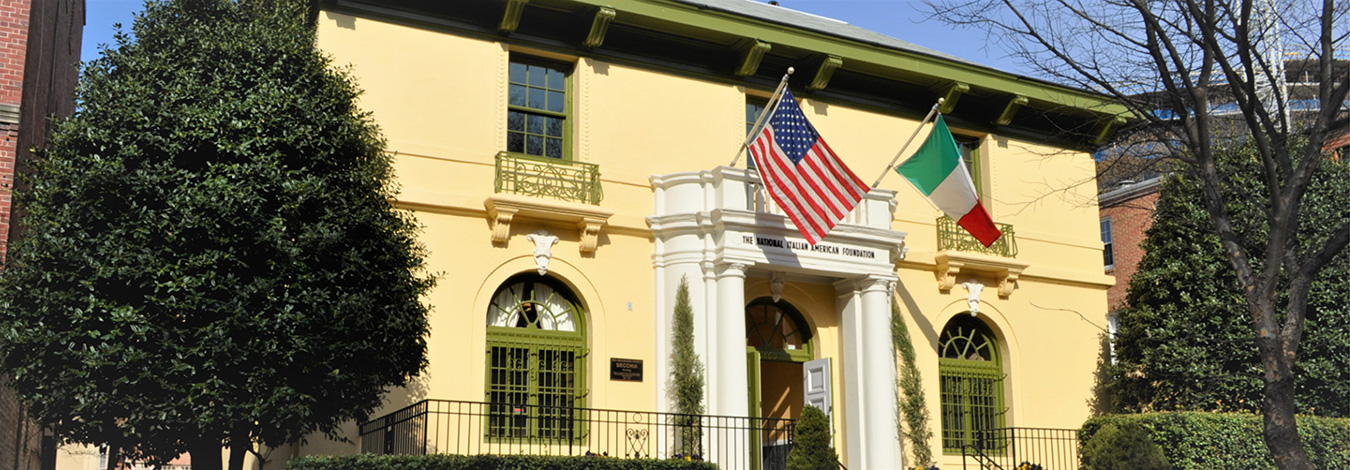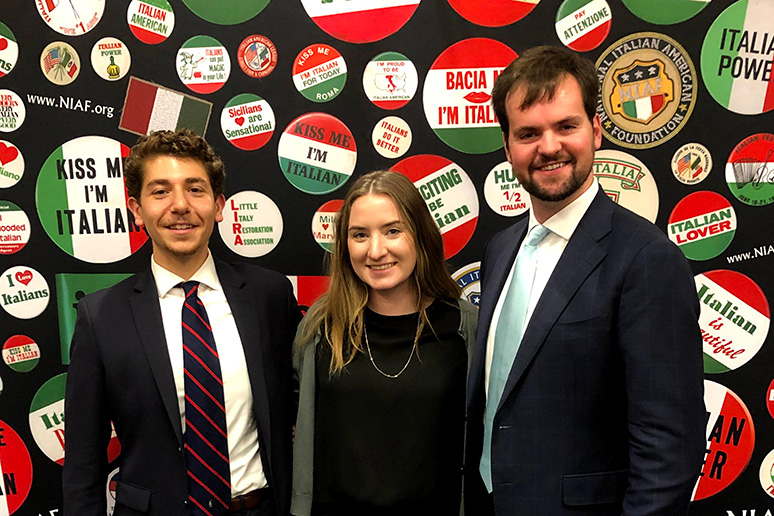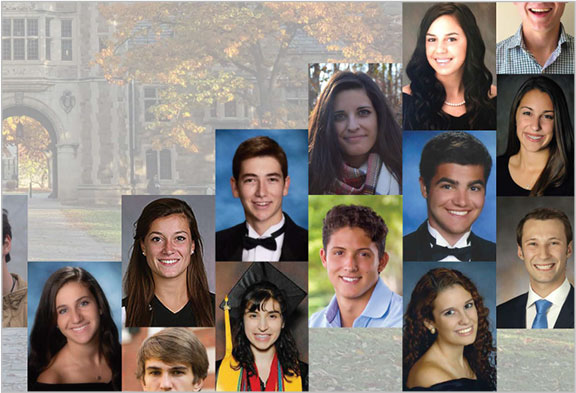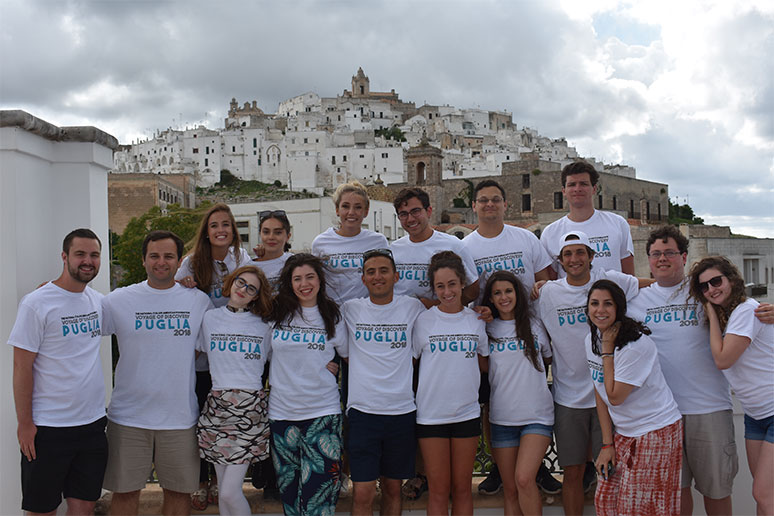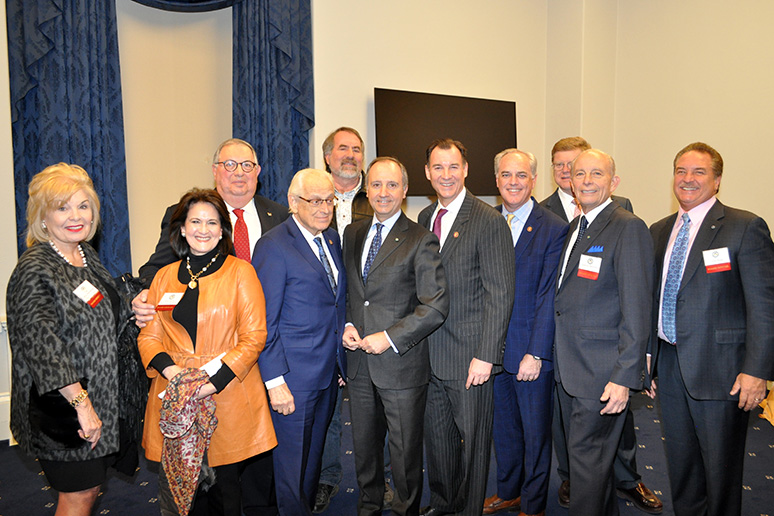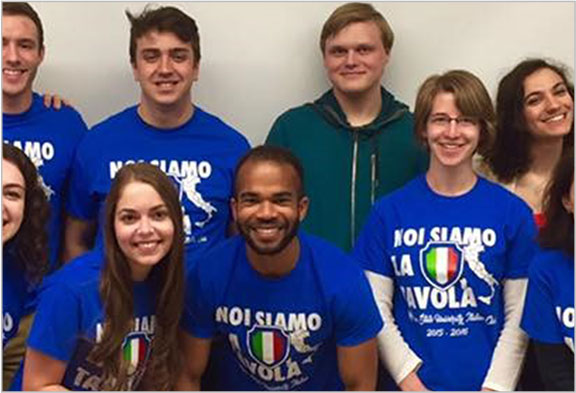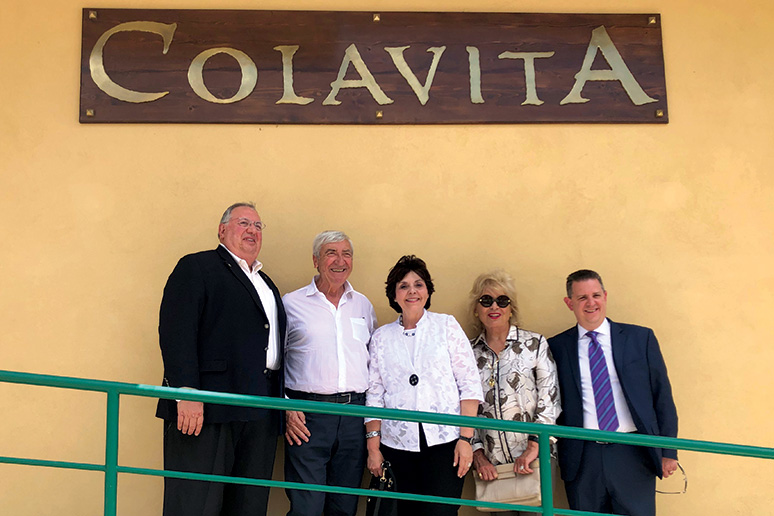MISSION STATEMENT
The Mission of the National Italian American Foundation (NIAF) is to celebrate and advance the inspiring achievements and uplifting values of the Italian culture and presence in America and to strengthen and empower ties between the United States and Italy.
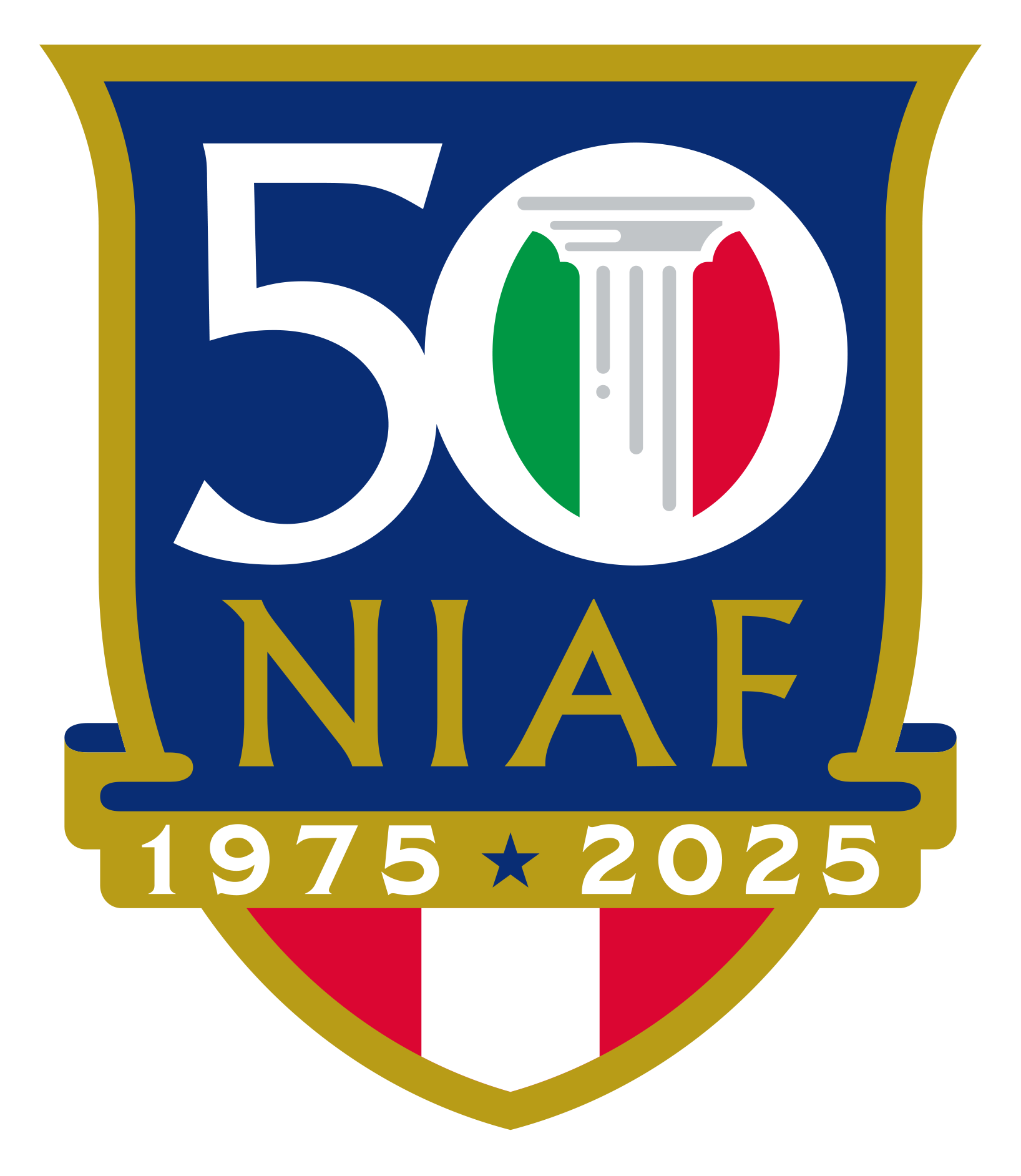
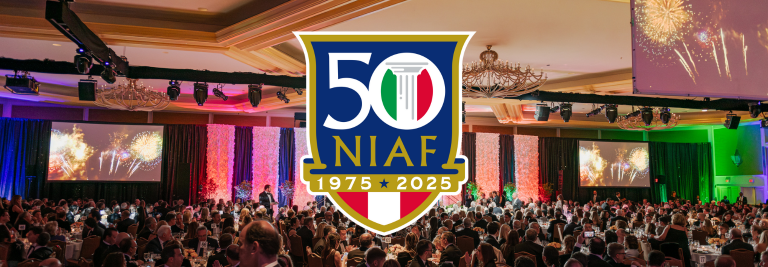 NIAF 50TH ANNIVERSARY GALA, WASHINGTON, D.C. –
NIAF 50TH ANNIVERSARY GALA, WASHINGTON, D.C. – 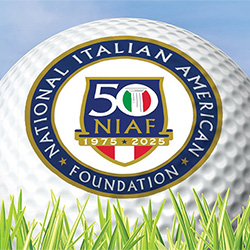 NY Golf Tournament
NY Golf Tournament